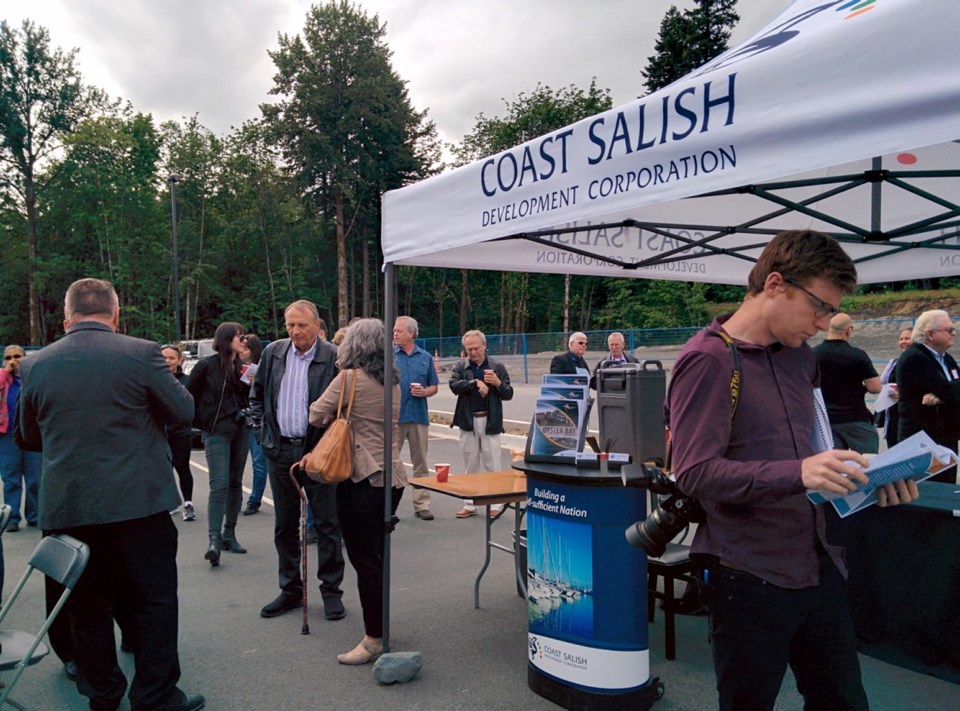The Cowichan Nation Alliance — a group of four Island First Nations with growing businesses and young workforces — got a healthy injection of federal funding Wednesday to launch an initiative designed to create jobs.
The alliance’s Indigenous Employment Hub is a new venture for the Halalt First Nation, Cowichan Tribes, Penelakut Tribe and Stz’uminus First Nation that will see partnerships with private industry, governments and educational institutions to provide training in a variety of fields.
Ottawa announced $1.49 million for the hub, adding to the $1.2 million already generated by private industry and the province, said Ray Gauthier, chief executive of the Coast Salish Development Corporation.
Gauthier said the hub hopes to fill a large gap in employment opportunities for Indigenous people among the four First Nations from Duncan to Ladysmith.
Many of those communities are operating and developing businesses, ranging from construction and land development to the fisheries, forestry, hospitality and tourism sectors. The Indigenous Employment Hub brings together First Nations, industry, private companies, provincial and federal governments as well as education providers to increase short and long-term employment for community members.
The hub takes into account the unique needs and barriers to employment faced by Indigenous communities, and aligns with industry’s unmet demand for skilled labour.
The project was one of 30 given the green light across Canada as part of a $37-million investment to provide support for Canadians transitioning to new jobs or industries.
“First Nations can get good businesses going, but if you can’t get members to come along and be part of them [with the right training], then we’ve only done half the job,” Gauthier said.
It is hoped the new training initiatives —through post-secondary schools such as Vancouver Island University and apprenticeships in the private sector — will see First Nations youth from the alliance secure work on larger provincial or federal infrastructure projects outside of their nations, such as bridges and roads.
“We can negotiate for opportunities and jobs, but not we don’t have the people [trained] to do the work,” Gauthier said.
He also hopes the Indigenous Employment Hub eventually produces entrepreneurs.
“Take a Cat operator. If a person gets really good at operating it and sees opportunities to become self-employed, entrepreneurship can be part of all this.”
The Indigenous Employment Hub can offer First Nations a gateway into a variety of fields, including entry-level jobs involving customer service, Gauthier said.
The Coast Salish Development Corporation, the economic driver behind the Stz’uminus First Nation south of Ladysmith, is building out a new community at Oyster Bay on either side of the Trans-Canada Highway with more than 100,000 square feet of commercial space built to date and about the same amount planned.
It has already built a hotel, two service stations, restaurants, a credit union and a liquor store. This fall, it is breaking ground on a 99-home subdivision.
Gauthier said training is needed to run a lot of those businesses, and the employment hub will help get First Nations involved in their own businesses.



